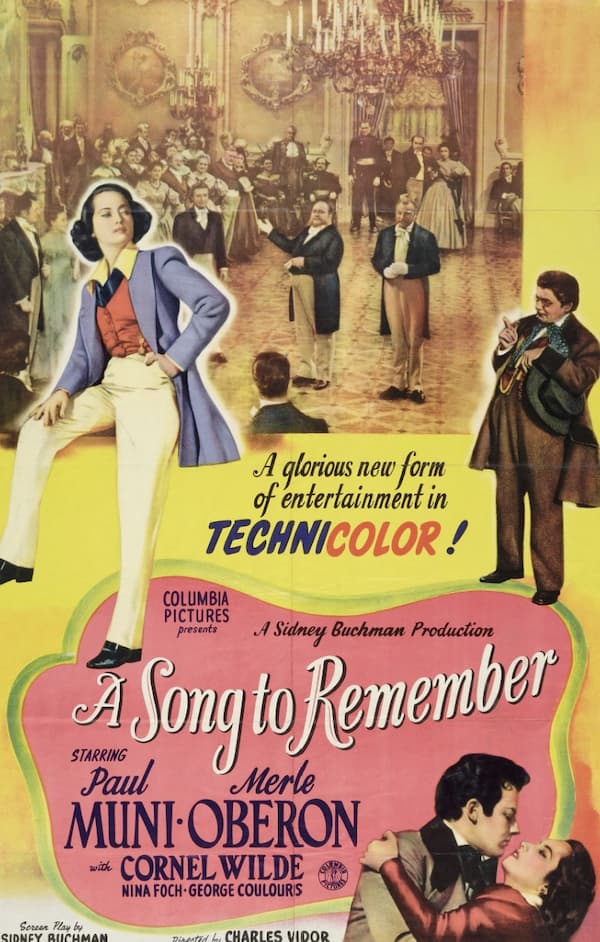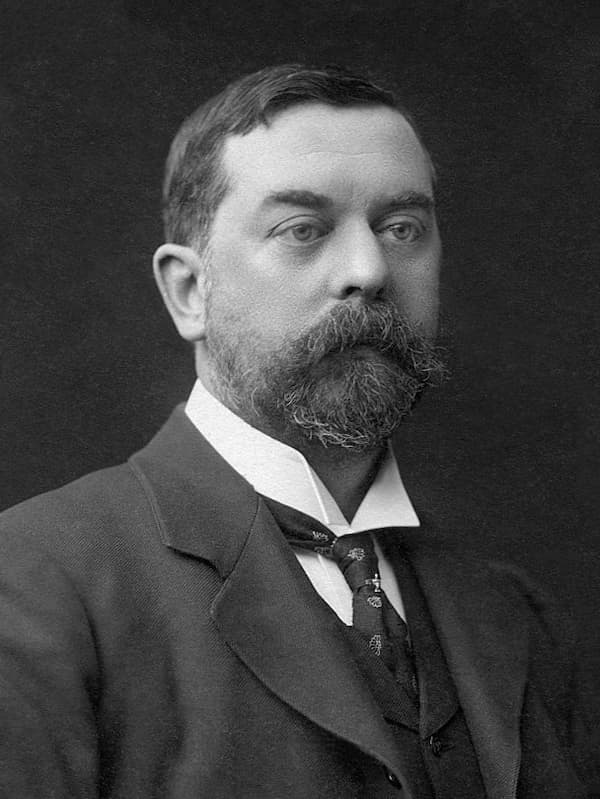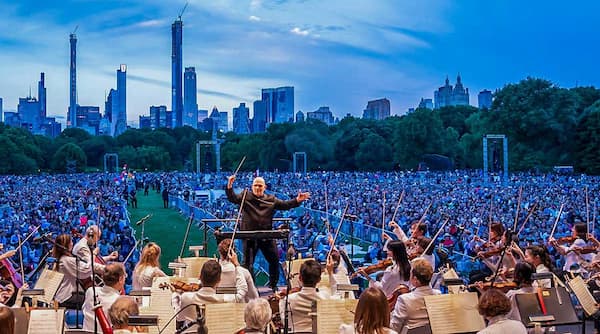In the revivals of the operas of the 17th and 18th centuries, one of the modern puzzles has been the use of men in women’s roles. We did have male singers, starting in the 1950s with Alfred Deller. At first, described as an alto, his voice designation was changed to the archaic ‘countertenor’ at the suggestion of the composer Michael Tippet. Composers such as Benjamin Britten wrote for his voice; the role of Oberon in A Midsummer Night’s Dream in 1960 led the way for leading men to be other than tenors or baritones.
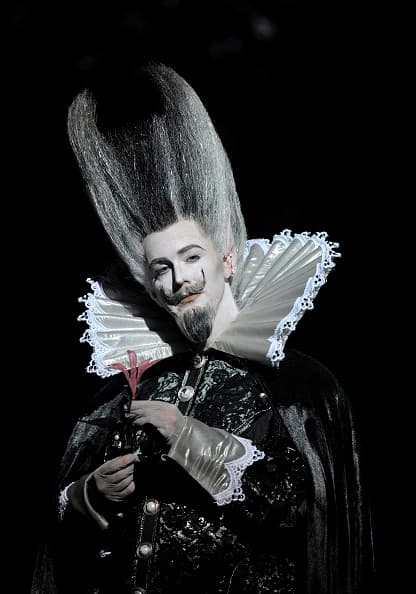
Tim Mead as Oberon in Britten’s A Midsummer Night’s Dream, 2016
In the Baroque period, at the great time of the castrati, boys with good voices were castrated to maintain their high tessiture. The last castrato, Alessandro Moreschi (1858–1922), made recordings in 1902 and 1904 that are said to be mere shadows of what he could actually sing in his prime. In the 1720s and 1730s, it has been estimated that some 4,000 boys were operated on to make them castrati. The practice stopped in the late 19th century.
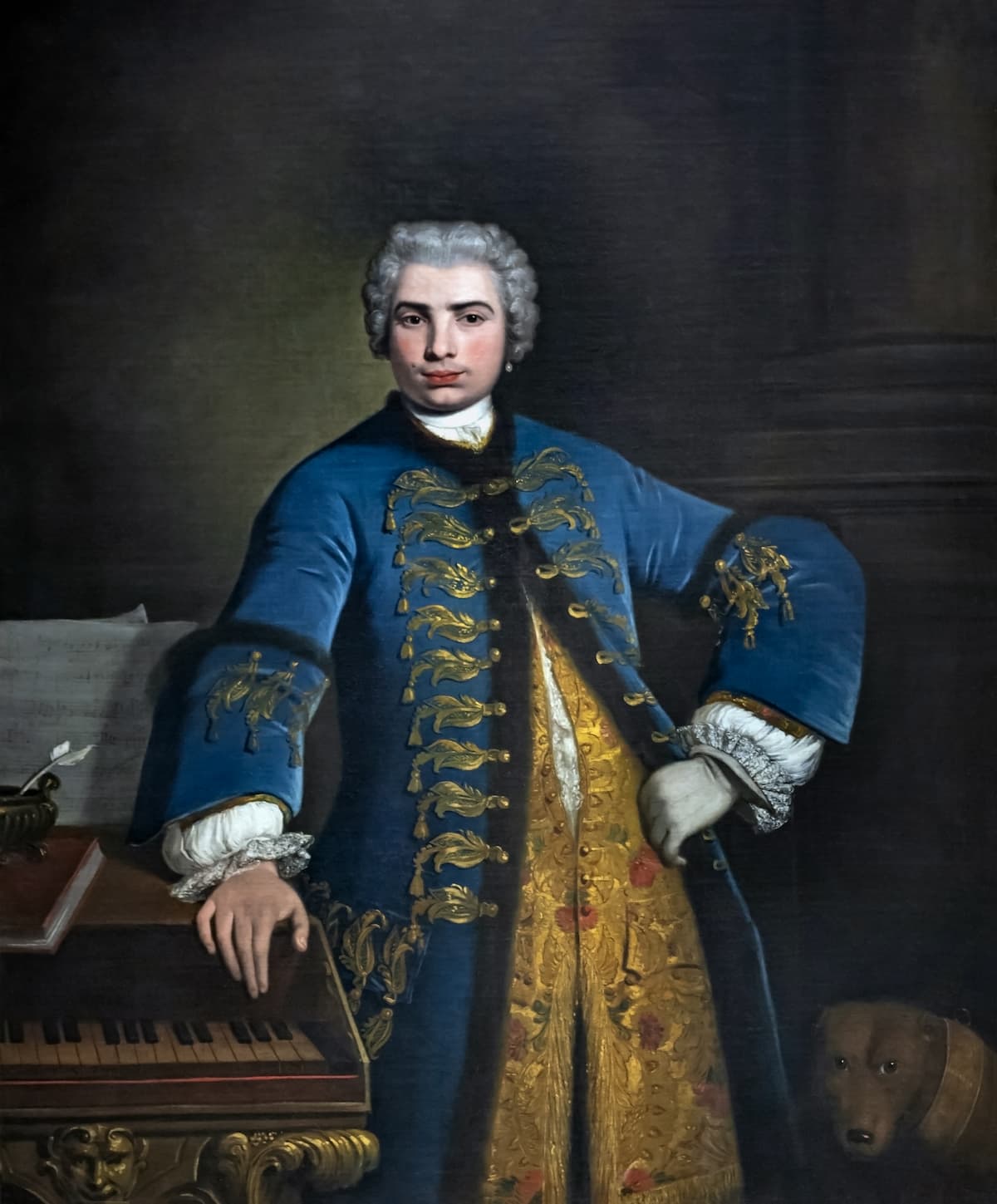
Bartolomeo Nazari: The great 18th-century castrato Farinelli, 1734 (Royal College Music)
Jump forward to the present day. Contratenors, male altos, and male sopranos are now starting to challenge our assumptions about the male voice. While the early contratenors were altos, the voice type expanded to include mezzo-countertenors, and now sopranists, as male sopranos are known.
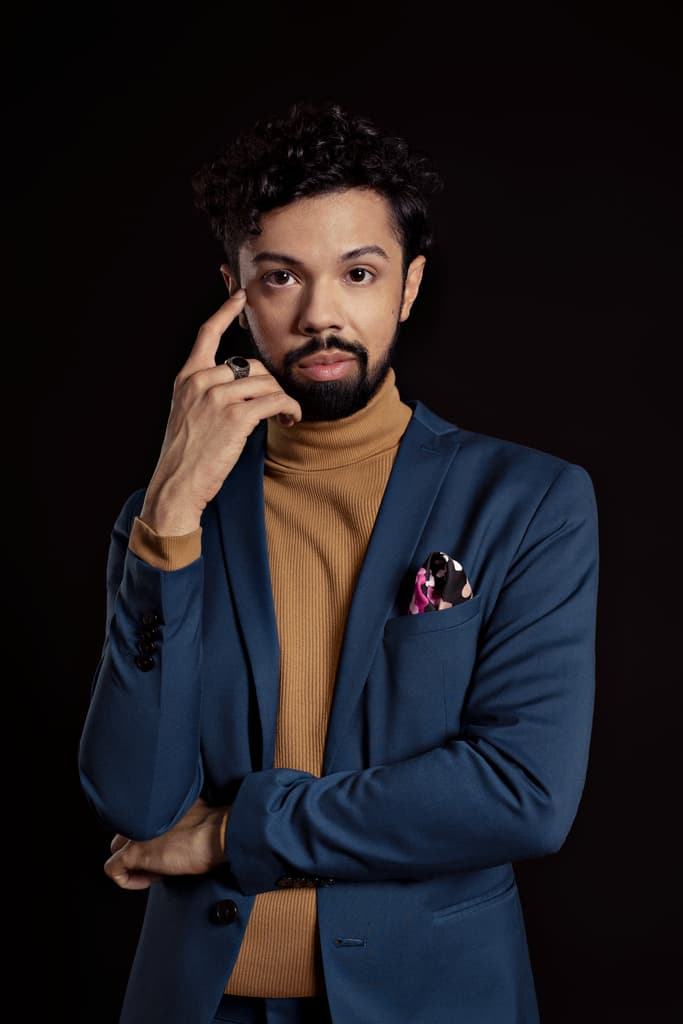
Bruno de Sá
Bruno de Sá was born in Santo André, State of São Paulo, Brazil, in 1989. He discovered opera in his early 20s and studied in Brazil before moving his career to Europe. His challenges as a soprano singer came from many directions, but he’s been able to make his name in more than just Baroque opera.
His 2022 album, Roma Travestita, made with the group Il Pomo d’Oro, directed by Francisco Corti, was inspired by a suggestion by the countertenor Max Emanuel Cenčić. As Artistic Director of the Bayreuth Baroque Festival, Cenčić matched de Sá’s voice with an idea he’d had for a concert based on the female roles sung in Rome in the 18th century.
Thus, we have arias by Alessandro Scarlatti (La Griselda), in which de Sá sings the role of patient Griselda in a fiery aria that questions her dreams or perhaps her delusions.
Alessandro Scarlatti: La Griselda – Act I: Aria: Di’ che sogno o che deliro (Bruno de Sá, male soprano; Pomo d’Oro, Il; Francesco Corti, cond.)
Opera arias by Leonard Vinci (Farnace), Antonio Vivaldi (Giustino), an aria from Rinado di Capua’s Volgogeso, re de’ Parti.
One place where the drama is written into the music and comes through in his performance is in the angry arias, usually with the word ‘fury’ in the title, such as in Piccini’s La buona miglitol and the Marchesa Lucinda’s aria Furie di donna, which ends with a call for massacres, revenge, and death.
Niccolò Piccinni: La Buona Figliuola, Act I: Furia di donna (Bruno de Sá, male soprano; Pomo d’Oro, Il; Francesco Corti, cond.)
Outside opera, he’s also made at least one recording with the group L’Arpeggiata, an early music group that focuses on Italian, French, and English music from the 17th century, much of which is more popular than operatic. In this song by Sigismondo d’India, the poet asks the heavenly spheres to cease turning so that they may gaze upon the perfection of his beloved.
Sigismondo d’India: Sfere fermate (arr. C. Pluhar for voice and chamber ensemble) (Bruno de Sá, male soprano; L’Arpeggiata,; Christina Pluhar, cond.)
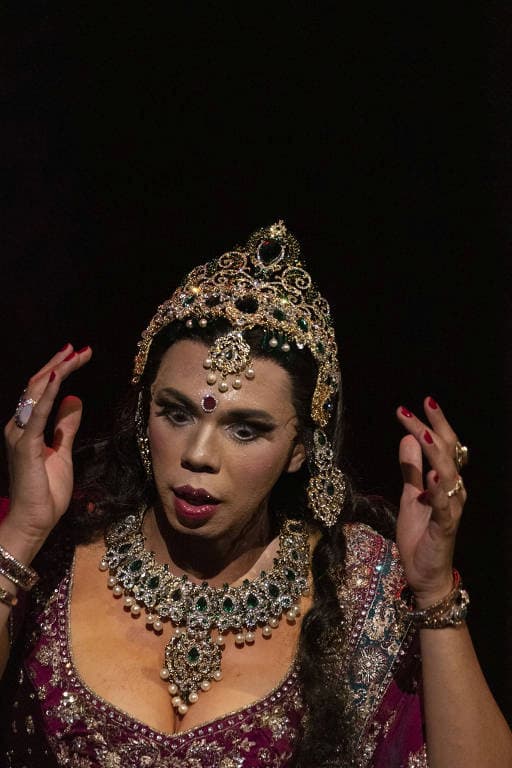
Bruno de Sá as Cleofide, 2022 (Bayreuth Baroque Festival)
As part of the 2022 Bayreuth Baroque Festival, da Sá sang the role of Cleofide in Vinci’s Alessandro nell’Indie. The libretto is by Pietro Metastasio and was set by nearly 90 different composers, starting with Vinci’s setting in Rome in 1730. All the main roles were sung by men, both in the original 1730 production and in Bayreuth Baroque’s production:
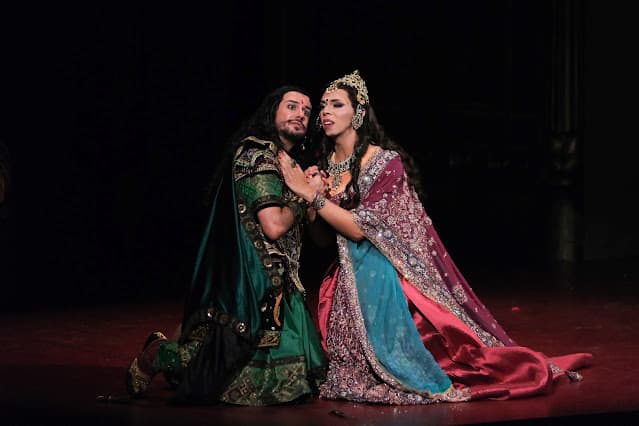
Vinci: Alessandro nell’Indie: Franco Fagioli (Poro) and Bruno de Sá (Cleofide) I, 2022 (Bayreuth Baroque Festival) (Photo by Falk von Traubenberg)
In the full opera, you can only marvel at the beauty of the high male voice across all the singers.
Leonardo Vinci Alessandro Nell’indie – Franco Fagioli -Bruno de Sa
All those trouser roles that come off so uncomfortably when a woman sings them (looking at you, Cherubino), now have the possibility of a different kind of performance.
For more of the best in classical music, sign up for our E-Newsletter

